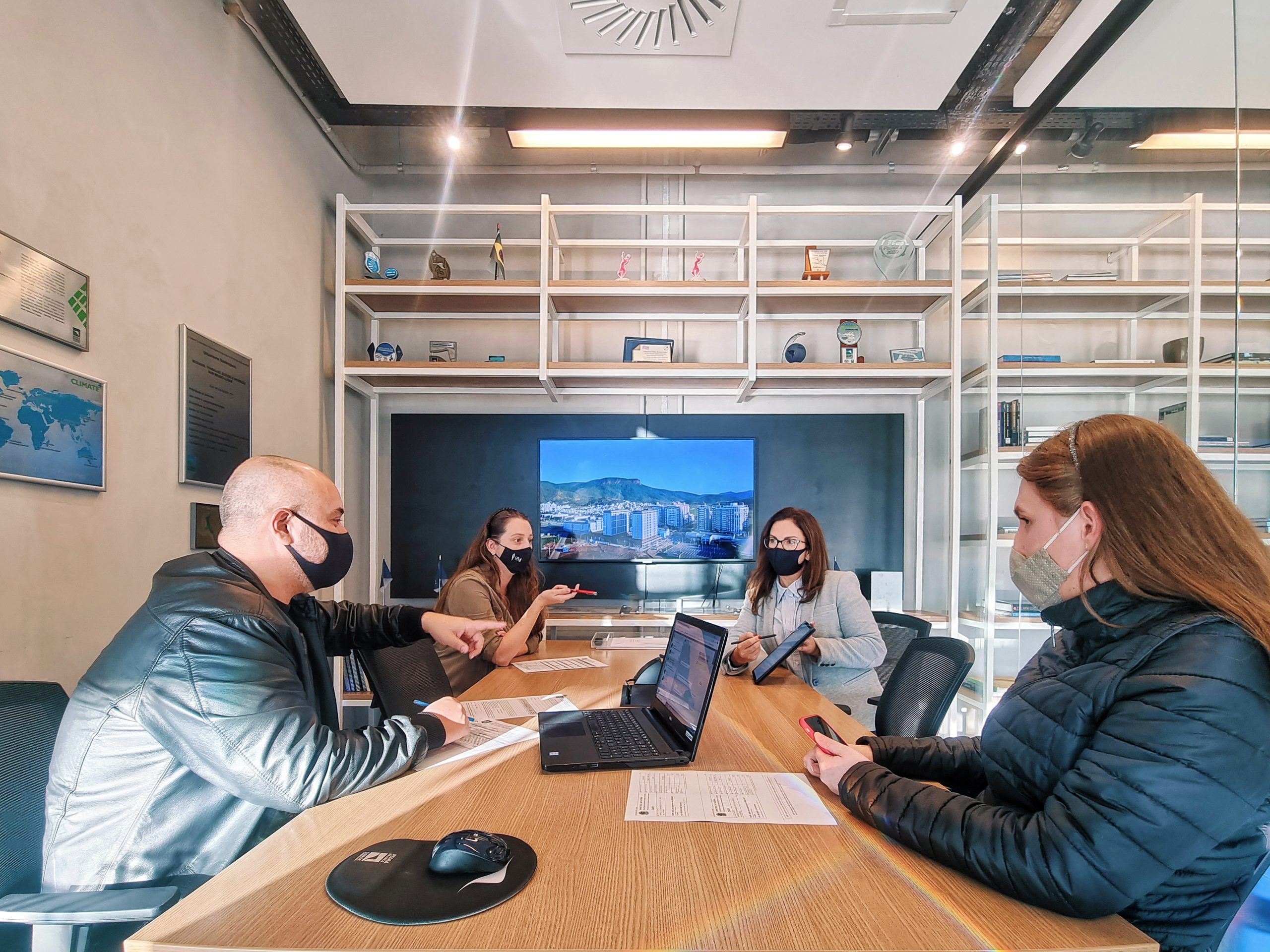Estimated reading time: 3 minutes
Faced with a context of forced remote work, most people had to leave the office and work from home. The hybrid work model has been the alternative adopted by Pedra Branca Group to return to work in the office alternately with remote work.
After a period working in the remote work model in an integral way, the hybrid format started to be widely discussed and began to gain more and more strength and adhesion of professionals and companies in Brazil. According to a research by Think With Google, still within a pandemic context, about 40% of Brazilian companies already adopt the hybrid model as their main work format. Among professionals whose companies have not yet defined a post-pandemic work format, 59% suggest the hybrid model, 22% prefer entirely in-person and 19% suggest full remote.
Despite being challenging, this new way of working, a trend all over the world, benefits employees so much, reducing commute time, providing greater family experience and well-being. On the part of companies, the advantages are associated with greater collaborative interaction, gains in communication and teamwork, closer management, and above all, the development of a creative and corporate culture.
With the comeback of professionals to the offices, corporate spaces resume the role of centers for value generation, socializing, creativity and innovation. The return to the office also means the return to the active life of city centers, as well as local businesses and even permanent or temporary housing, rented or owned, for all those who gravitate around cities as service centers.
How the Pedra Branca Group’s hybrid work model works
Hybrid work is a modality in which companies promote flexible management, allowing employees to alternate working days in the office and days of remote work throughout the week. Initially, the implementation brings some challenges for the accomplishment of the activities. One of the paths found by companies to embrace the hybrid work model has been to adopt and expand the use of collaborative solutions, in an attempt to keep the team engaged and aligned.
Clarice Mendonça de Oliveira, marketing and people manager at the Pedra Branca Group, shares the experience of redefining the work model for the hybrid format, based on experiences with remote working hours resulting from the pandemic.
“After a period in which our team was in remote work format, due to the pandemic, we started to miss something that is part of our DNA: gatherings. For us, it is through gatherings that ideas flourish, and we started missing people, conviviality, informal conversations during coffee breaks. Therefore, based on an internal research, we structured a hybrid work schedule and started to exercise the new routine. We also implemented a program of people management actions, aiming to promote more face-to-face, hybrid and other meetings entirely online. The biggest learning from this process has been the maturity of the teams, to choose the format that best suits the routine of the week, promoting more flexible and dynamic work schedules, gaining productivity and quality of life”, shares Clarice Mendonça.
The future of work in Brazil is going through a hybrid format. When adopting the hybrid model of work, companies should seek to set up offices in commercial real estate ventures that encourage coexistence between people, as they tend to become successful environments for innovation – just as cities must encourage with their squares and “lively” streets.
Pedra Branca Groups’s commercial real estate projects are successful examples of innovative work environments that meet the following characteristics:
• Prioritize people
Attention to human needs should be at the top of the planning of a real estate project as an environment for innovation, considering all the individuals involved – entrepreneurs, employees and customers.
• Establish partnerships
Identify potential partners for the project, considering the players in the sector, but also the importance of diversifying the business mix.
• Create a centrality
In planning, pursue the goal of creating a compact, diverse and complex centrality that favors issues such as mobility, well-being and security.
• Privilege diversity
Diversification is one of the main factors and must involve not only the business mix but also the public profiles.
• Provide coexistence
It is important to fight isolation in every way and create attractive spaces for collective use, with quality equipment, preferably outdoors. Promote events and actions that integrate different audiences to expand the network.
• Promote connections
The connection between the businesses that make up the real estate project of an innovation environment must be evidenced in the physical structure, with easy access and integrating elements. However, it is essential to promote convergence between the actors to enhance the generation of new business among the public of the enterprise itself.
• Stimulate creativity
Offer playful, contemplative and casual spaces, which provide moments of relaxation, interaction and coexistence between people.
• Serendipity and innovation
Understand the importance of promoting serendipity, that is, of creating spaces and conditions for people to make positive discoveries by chance and, thus, contribute to the essence of an environment of innovation.
Is your company ready for the future of work? Establish your company in the Pedra Branca Group’s developments and be inside an ecosystem of innovation.



